Home /
Frequently Asked Questions
- What tolerances can INSACO hold?
- What separates INSACO from its competitors?
- Is additive manufacturing (3D printing) a threat to ceramic machining?
- How is INSACO preparing for our next 75 years?
- Does INSACO sell ceramic (or glass or sapphire) in bulk?
- What are the criteria used by INSACO regarding material recommendations?
- Can sapphire be cast or molded to final shape?
- What do you mean by “you can’t make it, if you can’t measure it”?
- How does crystal orientation affect sapphire properties?
- Is INSACO a parts manufacturer or a service provider?
- How does INSACO measure surface roughness?
- How do I know which ceramic to specify?
- Can INSACO work with 3D models, or are mechanical drawings required?
- How can I get ceramic pieces for less cost?
- Do INSACO’s customers have the capability to inspect their procured parts, or, do they have an expectation of accuracy when they place an order given our inspection capability?
- Does INSACO work on prototype quantities?
- Does INSACO reinvest back into the Company as an ongoing directive?
- What materials does INSACO machine?
- Does INSACO use an Enterprise System to manage its business?
- How can two ceramic parts be joined together?
- Why has INSACO remained privately held?
- Can INSACO fabricate ceramic/sapphire spheres or balls?
- Given INSACO’s experience in ceramics and ceramic machining, where do we envision CMC’s role in the next 5-10 years?
- What considerations apply to designing piston/sleeve assemblies?
- Why does INSACO support STEM efforts?
- Designing for machinability
- Does INSACO turn away project quotes?
What tolerances can INSACO hold?
The nature of diamond grinding on ultra hard materials translates into tight tolerances being routinely achieved. The actual limits to the attained precision depend on variables like the machine tool used, the general shape and size of the part, and the sequence of operations needed to complete the task. Although our shop standard for machining is +/-0.004″, we generally halve this on the first pass of operations. Secondary operations can further narrow this to +/-0.0001″. Our flat lapping operations can best be recorded in millionths of an inch. We have done bearing parts that have tolerance in the millionths of an inch. We welcome discussions about desired tolerances and often provide constructive advice regarding practical limitations and cost considerations.

What separates INSACO from its competitors?
QUALITY, SERVICE, and the ABILITY TO MACHINE TO EXTREMELY TIGHT TOLERANCES. These are the 3 main differentiating features that sets INSACO apart from other similar Companies. With over 75+ years in business we have earned a reputation for providing exceptional customer service and technical support unmatched in the industry. We excel in machining, grinding, and polishing services for a wide variety of materials, including hard and exotic materials, while adhering to very demanding specifications. Our team of engineers and support groups are highly trained and experienced to ensure that our customers receive the highest quality product.

Is additive manufacturing (3D printing) a threat to ceramic machining?
Additive manufacturing, or 3D printing, is not a threat to ceramic machining in the traditional sense. 3D printing and machining are often used for different applications. However, 3D printing is becoming increasingly popular and could eventually reduce the demand for machined ceramics that don’t require high precision. That being said, there is still a very large need for precision machining of ceramics and other hard materials that cannot be replicated with current additive manufacturing techniques.
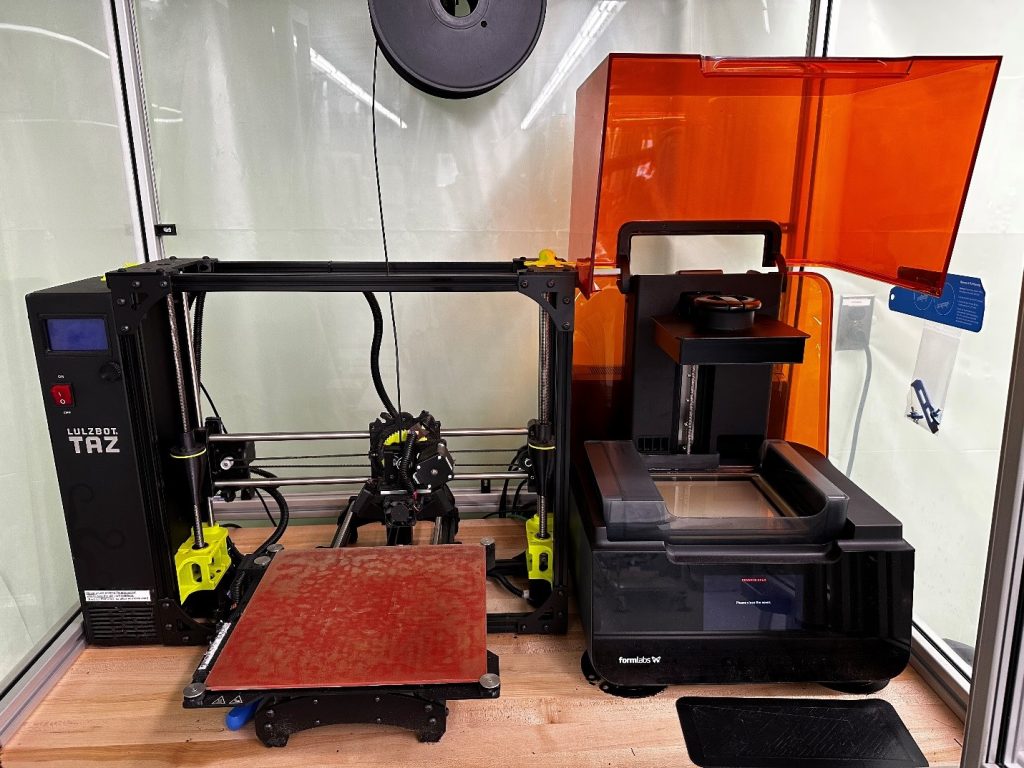
How is INSACO preparing for our next 75 years?
INSACO is taking steps to ensure that it is well-positioned to continue to be a successful business for the next 75 years. These steps include:
- Investing in technology and innovation to stay ahead of the competition.
- Diversifying its product range to meet changing customer needs and preferences.
- Expanding its global presence and building relationships with international customers.
- Strengthening its commitment to customer service and quality assurance.
- Investing in its employees through training and development initiatives.
- Building strong relationships with suppliers and subcontractors to ensure a reliable supply chain.
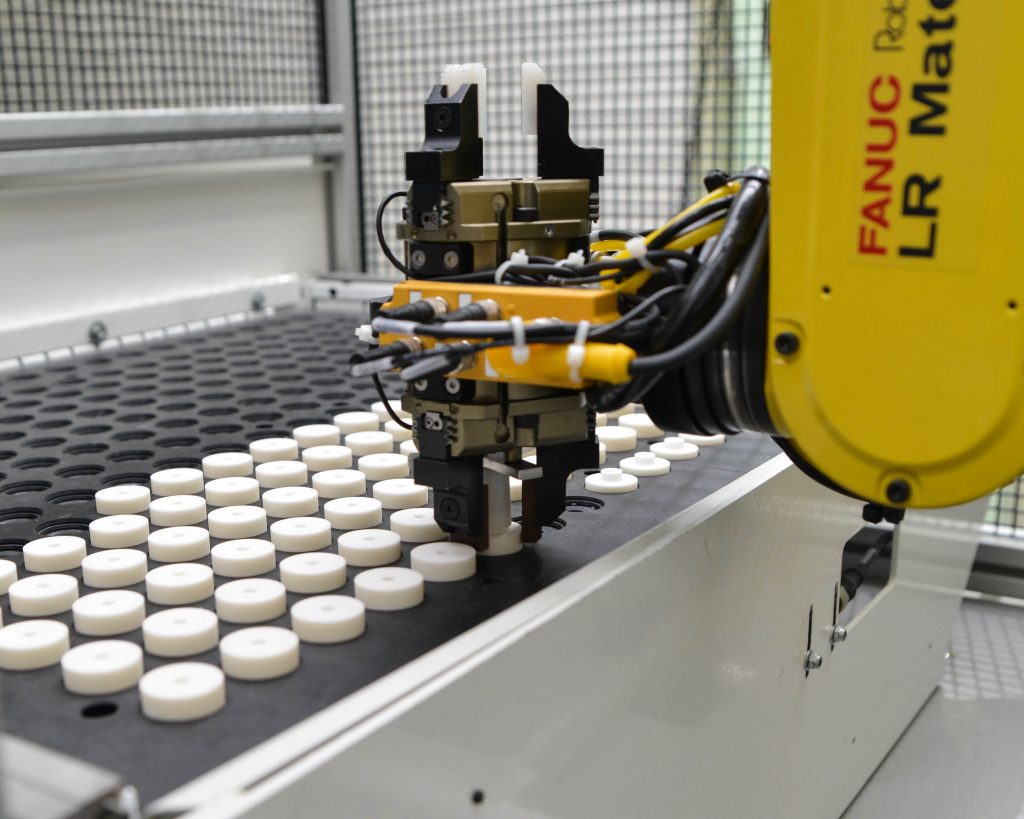
Does INSACO sell ceramic (or glass or sapphire) in bulk?
No, we are a machining company. We don’t produce any materials, nor do we stock for resale. We do buy materials from which to fabricate parts finished to customer specification.
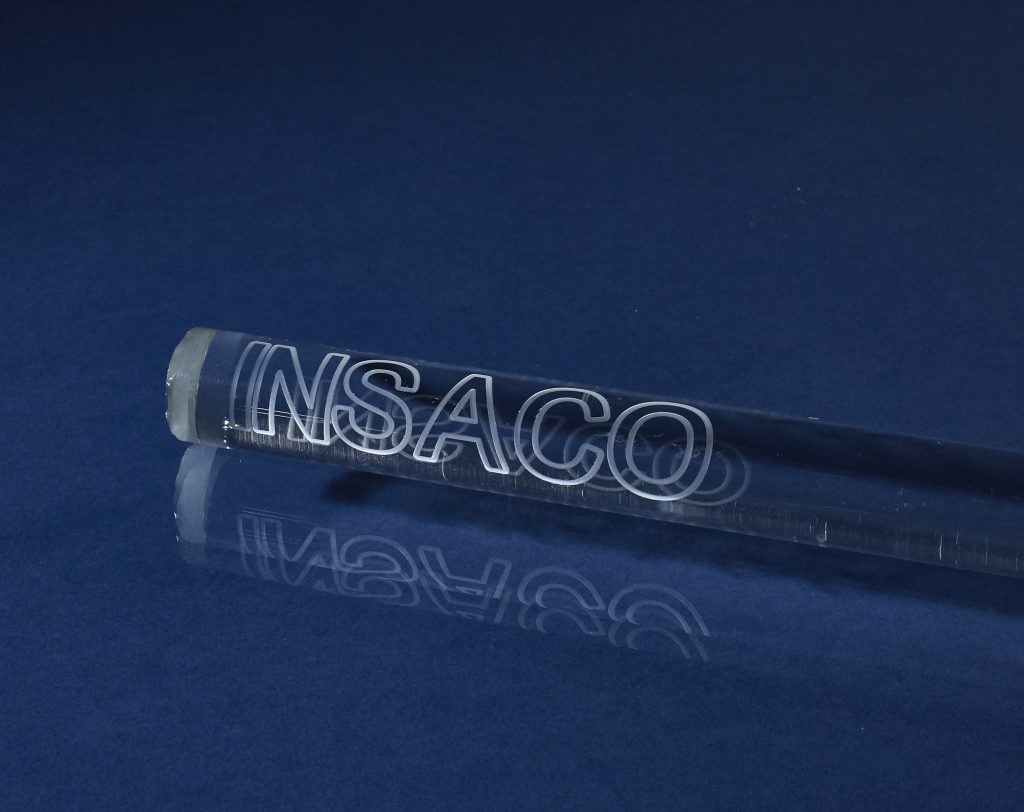
What are the criteria used by INSACO regarding material recommendations?
INSACO utilizes a variety of criteria to make material suggestions, including the customer’s application requirements, physical and thermal properties, cost, machinability, wear resistance, and any other special requirements by the customer. INSACO also considers the availability of the material, our own manufacturing capabilities, cost parameters, and the lead time required to produce the parts.

Can sapphire be cast or molded to final shape?
No. Sapphire cannot be molded like some other materials. Industrial sapphire is created by melting aluminum oxide (Al2O3) at 2040°C and then encouraging crystal growth with a seed and careful control of the environment. Growers have developed several unique methods for growth, with varying levels of resultant quality, size, and cost. The EFG or Stephanov methods allow the directed growth of shapes like ribbon, or even tubes, however there are many limitations to what can be done. The Czochralski, HEM, or Kiropolous methods allow the highest optical quality sapphire, but the result is a rod like “blob” of crystal called a boule, that must be machined into usable shapes and sizes.

What do you mean by “you can’t make it, if you can’t measure it”?
Often times INSACO will get a request to machine a part that requires extremely tight tolerances. Not only does INSACO have the experience, personnel and machines to machine the part, we have the metrology equipment used to measure and certify to the tight tolerances required.
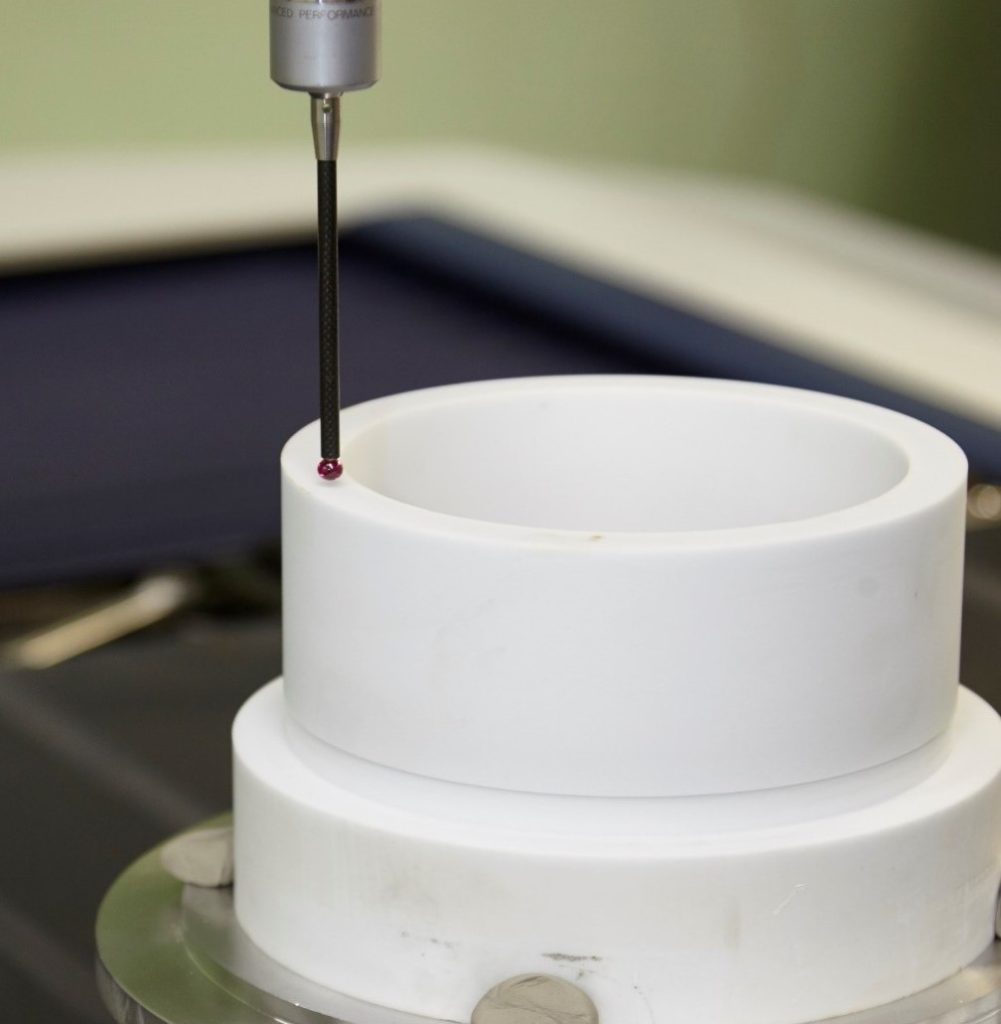
How does crystal orientation affect sapphire properties?
Sapphire is an anisotropic, rhombohedral crystal. Anisotropic means that the material exhibits physical properties differently depending on the material orientation. Sapphire can be harder to machine along one axis than another. For most applications this is unimportant, however should be considered. Sapphire is “birefringent” which is a refractive feature that offsets wave transmission up to 0.8% at right angles to the optic axis. Birefringence is eliminated along the optic or C-axis. For certain applications, C-axis sapphire should therefore be specified to avoid birefringence concerns.

How does INSACO measure surface roughness?
INSACO measures surface roughness using contact and non-contact profilometry. A contact profilometer is a precision instrument that uses a diamond stylus to measure the microscopic irregularities of a surface. A non-contact white light profilometer is an instrument used to measure surface profiles, or the shape of a surface in three dimensions. It is a type of optical profilometer, which uses a white light interferometer to measure the height of a surface from a single point to a full area. The system produces a 3D image of the surface, which is then analyzed to obtain the desired profile. This type of profilometer can be used to measure the roughness, contour, and other characteristics of a surface. These instruments produce a graph that shows the height of the irregularities along the surface and can be used to measure the average roughness (Ra) of a surface.
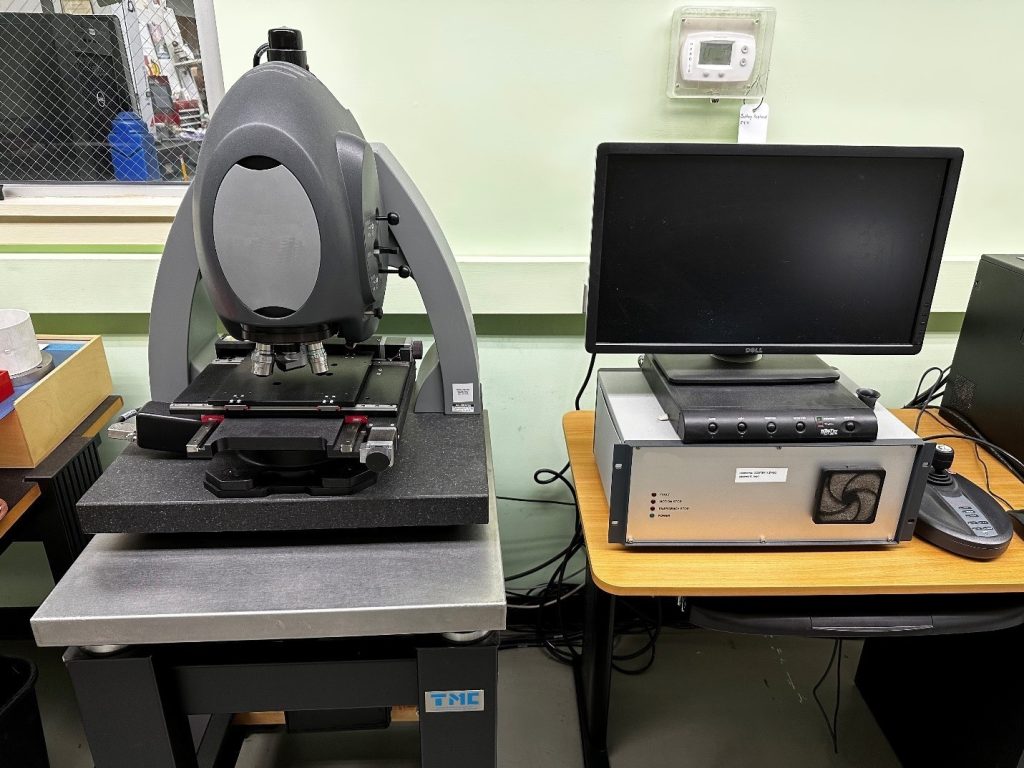
How do I know which ceramic to specify?
INSACO does not produce or sell ceramic materials themselves. For this reason, we can offer advice without bias. Alumina is the most common technical ceramic and hence most readily available and usually lowest cost. Properties of alumina are exceptional in many ways when compared to conventional materials like steel. If the use conditions exceed these properties, other technical ceramics such as Silicon Carbide or Zirconia may be better choices even though less available or more difficult to fabricate. Please see our materials webpage for more information on the materials we frequently machine.
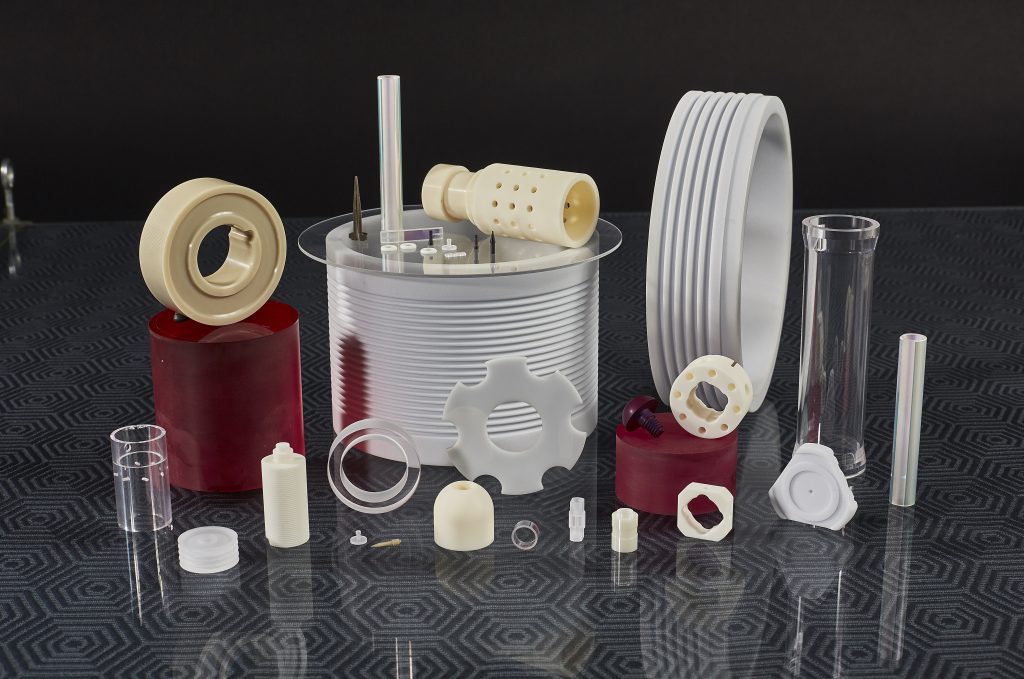
Can INSACO work with 3D models, or are mechanical drawings required?
To better serve our clients INSACO prefers to work with mechanical drawings that include all information pertaining to the ceramic part being reviewed. This ensures INSACO will meet our customer’s specifications every time. That being said, INSACO can also work with 3D models to achieve a better understanding of the overall geometry of the part being requested. However, INSACO will not quote or accept any order based strictly off of a 3D model.
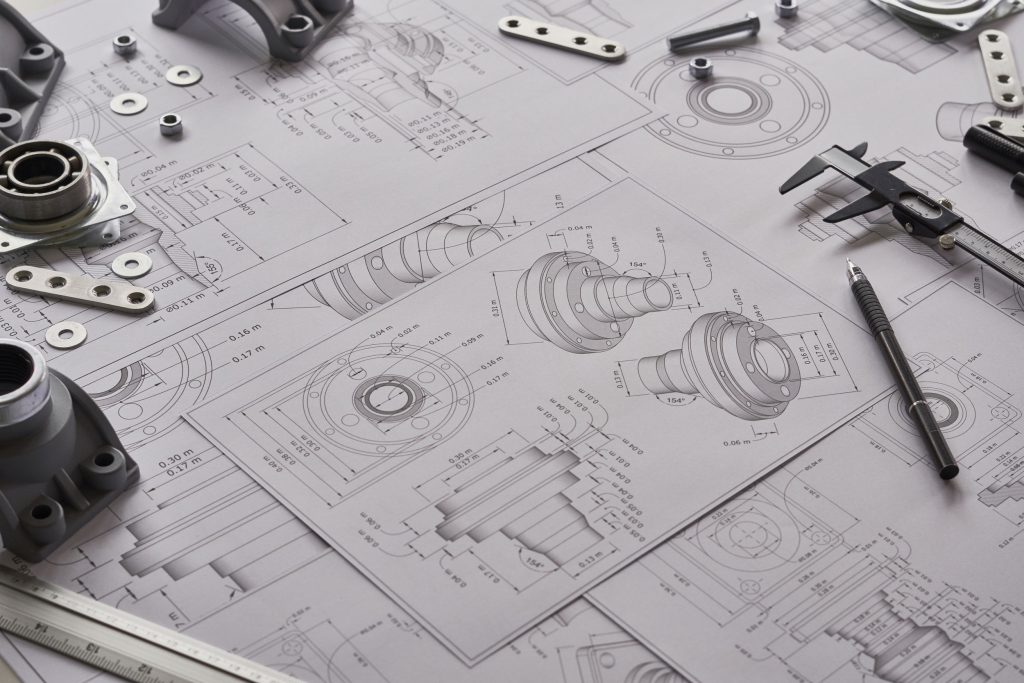
How can I get ceramic pieces for less cost?
Most ceramics can be formed (cast, molded, pressed) in a soft state with features in place. This is not unlike forming a red brick as used in building a house but before it gets kiln fired. Once fired, the ceramic shrinks considerably which creates distortion and allows tolerances typically of only 2% (or .003” whichever larger). If these tolerances are acceptable for the end use, like a brick for your house, then the cost can be low. If tighter tolerance is required, then additional work like diamond grinding is required. So, careful consideration of tolerances for your application may avoid the need for and expense of post-fire grinding. INSACO’s many years of experience will allow us to work with the customer and help design the part so that it is the easiest and least expensive to fabricate.

Do INSACO’s customers have the capability to inspect their procured parts or do they have an expectation of accuracy when they place an order given our inspection capability?
Some of INSACO’s customer have the capability to inspect their procured parts, and some don’t. To alleviate that process INSACO has a state-of-the-art inspection department whereby our quality assurance team is trained to inspect to the highest standards allowed. We also work with our customers to factor-in their inspection requirements so we can provide documentation of inspection results to ensure customers have confidence in the parts they receive.

Does INSACO work on prototype quantities?
INSACO welcomes small lot or even single piece orders as well as production series. Obviously the single piece prices will be higher because set-up and handling costs can’t be distributed over a larger base. Small quantities may also preclude use of larger, more automated machine tools. But big orders usually start with small orders, and small orders are always welcome.

Does INSACO reinvest back into the Company as an ongoing directive?
Yes, INSACO actively reinvests back into the Company. We consistently reinvest in capital equipment to increase our efficiency and production capabilities as well as providing ongoing employee training and education. We are very cognizant of staying ahead of the curve and always looking for new ways to expand our services and machining capabilities. We constantly reinvest in research and development to stay on the cutting edge of technology to better serve our customer’s needs.

What materials does INSACO machine?
INSACO’s first business in 1947 was fabricating sapphire parts (i.e. phonograph needles). This work was all accomplished through a diamond grinding process, which is extremely accurate, though painstaking, and the only practical method to machine complex shapes using this crystal material. Once we established our expertise working with extremely hard, yet fragile materials we began accepting work fabricating other extremely hard technical ceramic materials such as alumina, zirconia, silicon carbide, among others, as well as glass that included quartz and fused silica. INSACO does not machine metals or plastics simply because they are too soft to be machined effectively with our fine diamond wheels. Please visit our materials webpage for a list of materials we have worked on in the past with links to specific material properties.

Does INSACO use an Enterprise System to manage its business?
INSACO uses an Enterprise Resource Planning (ERP) system called Epicor to manage its business. The system is designed to help manage our resources and processes more efficiently, which in turn cascades down to our customers in overall efficiencies and costs savings.

How can two ceramic parts be joined together?
There are several methods to join ceramic parts, but the final application may pose limits. Simplest to consider is an epoxy glue. Although straightforward, epoxies cannot survive high temperatures and will outgas in vacuum environments. Press-fitting a steel thread form into a precision bore and then bolting two ceramic parts can be successful in some applications. Ceramics can also be vacuum metallized and then separately furnace brazed into permanent assemblies.

Why has INSACO remained privately held?
INSACO has remained privately held for a variety of reasons, including the desire to maintain control over the company and its operations. Being privately held allows the company to remain focused on long-term goals without having to worry about short-term market pressures. The company has been able to maintain a level of financial stability which provides the company with a certain amount of flexibility to make decisions quickly without having to go through the same lengthy process as a publicly traded company.

Can INSACO fabricate ceramic/sapphire spheres or balls?
No, but we have sub-contractors who have the highly specialized equipment and experience to do that.

Given INSACO’s experience in ceramics and ceramic machining, where do we envision CMC’s role in the next 5-10 years?
CMC’s are projected to become increasingly more important in a broad spectrum of industries. Currently, they are predominately being used in medical, aerospace, automotive and energy applications with a forecast of continued expected growth in the near future. CMC’s can be used for lightweight structural components, electrical and thermal insulation, as well as high-performance bearings and seals. They are also being used for aerospace applications, such as engine and turbine components, fuel and air delivery systems, and landing gear. Additionally, and based upon recent customer requests, we anticipate steady growth in CMC’s in the area of 3D printing, as well as the use of CMC’s in robotic and automated systems.

What considerations apply to designing piston/sleeve assemblies?
INSACO has the capability to fabricate ceramic piston rods and mating sleeves to extremely tight tolerance. Tolerance on straightness is key as well as diameters of course since a curved rod will jam in a mating tube. We recommend setting a nominal diameter target and a very tight cylindricity/straightness and gap tolerance for the pair to assure consistent performance. Although we can achieve tighter, gap tolerance of one to two microns in series production has been shown useful for pumping liquids.

Why does INSACO support STEM efforts?
INSACO supports STEM efforts because we recognize the importance of Science, Technology, Engineering, and Mathematics as the future of a successful and productive business model. We firmly believe that STEM is essential for the development of tomorrow’s workforce and we make it a point to look to STEM graduates as part of our hiring process. Additionally, INSACO understands that STEM education can help create a more diverse and inclusive global workforce, which is critical for the success of any organization, and a strategic path for INSACO to take.

Designing for machinability
Each feature shown on a part drawing will require some level of fixturing, set-up, run time and inspection to achieve. Sometimes a designer will include a nice external radius on an edge without great thought. But this feature can drive costs where noting “edge-break for handling” for example is much simpler if a true radius is not key to the design. Or sometimes larger parts might best be designed as assemblies where the key wear area is ceramic but the supporting bulk of the part can be less expensively designed in steel. INSACO engineers are happy to review customer designs and identify cost driving features for discussion. If the design process is not yet final, cost reductions without harming part application may be possible.
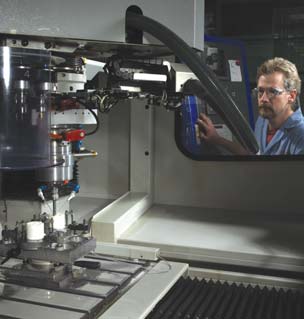
Does INSACO turn away project quotes?
Yes, INSACO does, on occasion, say no to RFQs. Being in business since 1947, INSACO fully understands our strengths and weaknesses when it comes to each project. As a result, INSACO will decline requests that don’t fit our core competencies and will offer recommendations of other suppliers who may be a better match.

